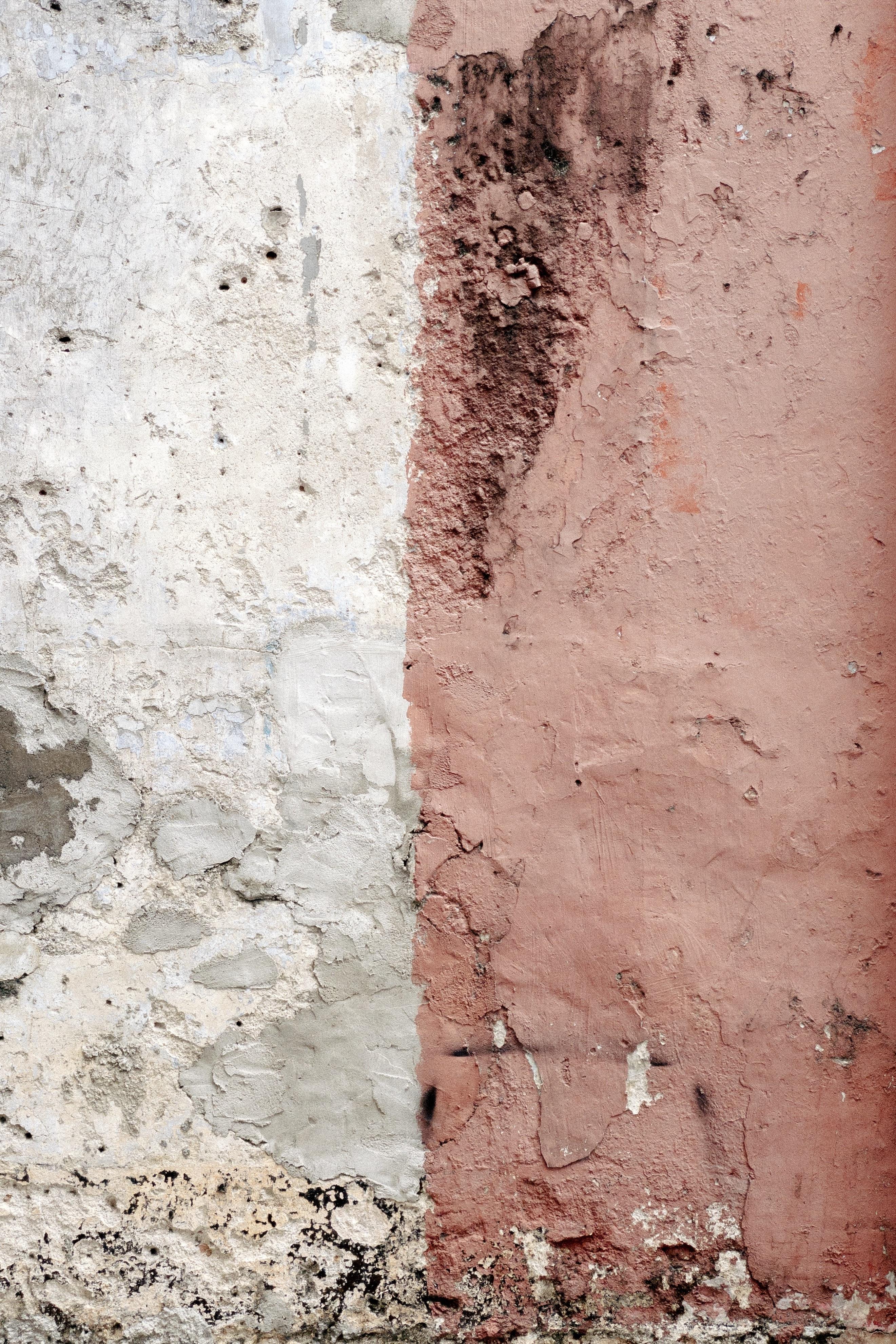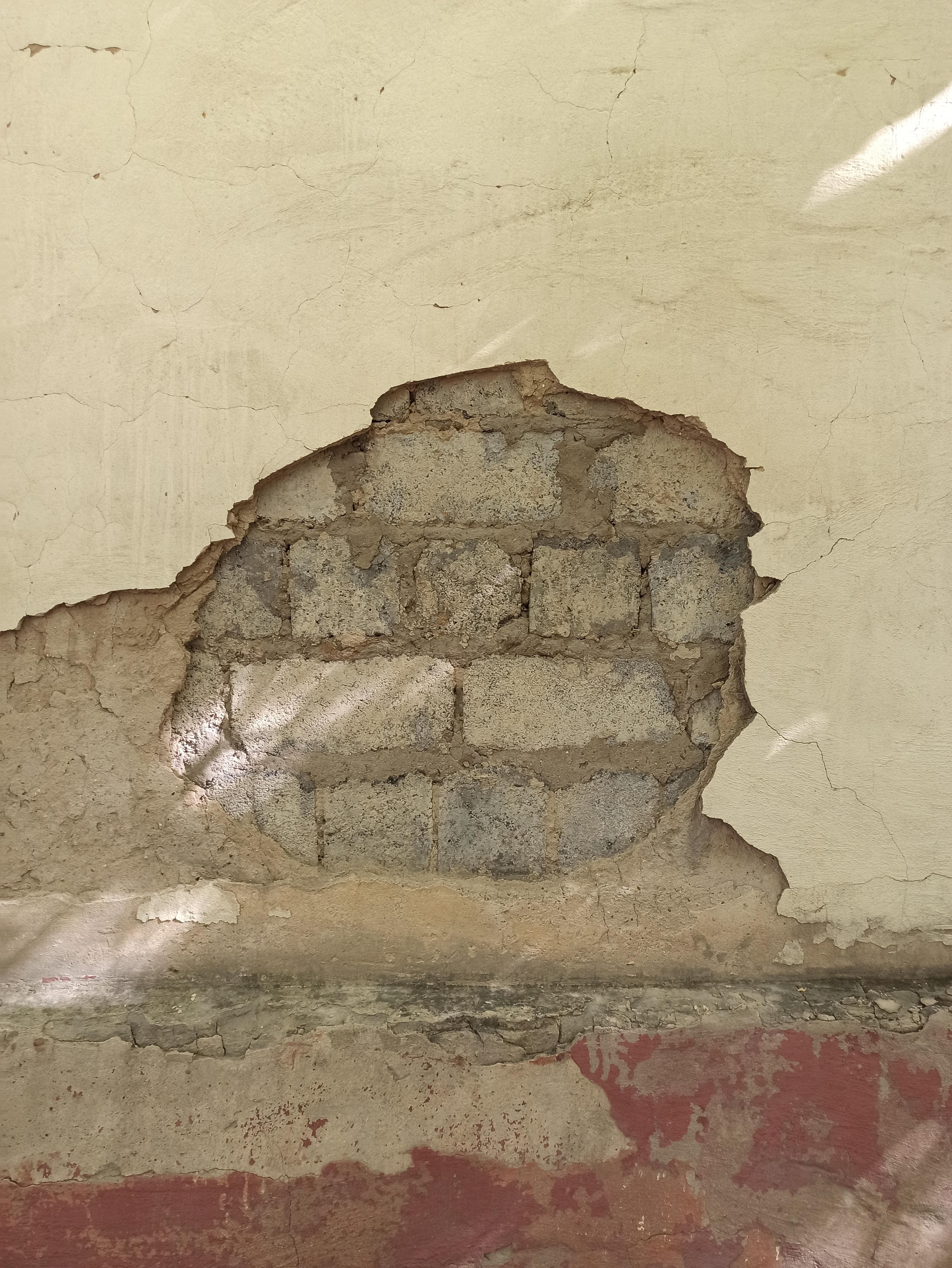Here we are in 2023, and with so many home improvement projects on the horizon, it’s important to know the ins and outs of plastering. One of the key questions that often comes up is, “How can you tell if plaster is dry?” It’s a valid concern because, let’s face it, nobody wants to ruin their beautifully plastered walls by painting them too soon or touching them when they’re still wet.
So, in this blog post, we’ll cover everything you need to know about determining whether your plaster is dry and ready for the next step. We’ll address common queries like what color plaster should be when dry, how long it takes for plaster to fully dry, and whether you should use a hairdryer to speed up the process. We’ll also explain the consequences of painting plaster before it’s completely dry and uncover the mysteries behind why plaster sometimes turns pink or dries patchy.
If you’re eager to get your home improvement projects underway and want to ensure that your plaster is perfectly dry before moving forward, then keep reading. We’ll provide you with practical tips and expert advice to make your life easier. So, let’s dive in and learn how to be plaster-savvy!
How Can You Tell If Plaster Is Dry
Plastering may seem like a simple task, but if you’ve ever tried it, you know that drying time can be a bit of a mystery. So, how can you tell if plaster is dry? Fear not, dear reader, for I am here to unravel this enigma for you!
Observe the Appearance
The first clue lies in the appearance of the plaster. When it’s wet, the surface will have a darker color and a shiny appearance. As it dries, it lightens in color and becomes matte. Keep a keen eye on those walls, and you’ll soon spot the transformation from wet to dry!
Gentle Touch
The next step is to unleash your inner detective and employ the power of touch. Yes, my friend, a gentle touch can reveal the dryness of the plaster. Place your hand on the surface and feel for any coolness or dampness. If it feels dry to the touch, you’ve hit the jackpot!
Time Is of the Essence
Ah, time, that wily friend who holds the key to all mysteries. When it comes to drying plaster, patience is the name of the game. Depending on various factors like humidity and temperature, plaster can take anywhere from a few days to a few weeks to dry completely. So, sit back, relax, and let time do its magic.
The Sound of Dryness
Listen closely, dear reader, for the sound of dryness is another clue in our quest. Tap gently on the plaster surface with your knuckles. If it emits a solid, crisp sound, congratulations! You’ve got yourself some dry plaster. But if it sounds hollow or lacks that satisfying thud, it’s time to give it some more drying time.
Moisture Meter (Because Science)
For those who crave precise measurements and the allure of scientific gadgets, a moisture meter can be your trusty companion. These nifty devices are designed to measure the moisture content within materials. Simply place the moisture meter on the plaster surface, and it will provide you with an accurate reading. Science, my friends, can be truly marvelous!
Prevention Is Better Than Cure
Now that you know how to spot dry plaster, it’s worth mentioning a golden rule: prevention is better than cure. Proper ventilation and controlled humidity levels can significantly speed up the drying process. So, open those windows, embrace fresh air, and bid farewell to damp plaster!
The Final Test
To ensure your plaster is fully dry, it’s important to perform a final test. Take a plain, white sheet of paper and press it firmly against the surface. If the paper remains dry and unblemished, victory is yours! But if it comes away with any moisture or discoloration, it’s time to give your plaster a little more time to dry.
There you have it, folks! You are now armed with the knowledge to determine whether your plaster is dry or not. So go forth, and let your walls shine with the confidence of dryness!
FAQ: How Can You Tell If Plaster Is Dry
You’ve just gone through the arduous process of plastering your walls, and now the question on your mind is, “Is it dry yet?” Properly drying plaster is crucial before you can move on to the next step, whether it’s adding a fresh coat of paint or hanging up that beloved family portrait. In this FAQ-style guide, we will address all your burning questions about how to determine if plaster is dry and provide some handy tips along the way.
What Should Dry Plaster Look Like
You’re eager to admire your handiwork, but don’t rush ahead just yet. Dry plaster typically has a uniform, pale color. It should not feel cool to the touch or appear damp. In most cases, it will lose its shiny appearance and achieve a matte finish once thoroughly dry. Remember, patience is key!
How Long Does Plaster Take to Dry
The drying time for plaster can vary depending on several factors, including the type of plaster used, environmental conditions, and the thickness of the application. As a general guideline, it can take anywhere from 1 to 3 days for the initial drying phase. However, it’s important to note that the drying process continues over weeks to allow the plaster to fully cure and harden.
Can I Use a Hairdryer to Dry Plaster
While the idea of using a hairdryer may seem tempting in our fast-paced world, it’s not advisable. Direct heat can cause the plaster to dry unevenly and may even lead to cracks. It’s best to allow natural air circulation and time to do the job properly.
What Happens If You Paint Plaster Before It’s Dry
Patience is a virtue, especially when it comes to plaster. Painting over wet or partially dry plaster can have disastrous consequences. Moisture trapped beneath the paint can cause bubbling, cracking, or peeling. Not exactly the look you were going for, right? So, hold off on reaching for that paintbrush until the plaster is completely dry.
Why Is Plaster Pink
Now, don’t panic if you notice your plaster has a pink hue when wet. It’s not blushing; it’s simply an indication that you used a modern plaster mix. This pink pigment is added to aid in achieving a more uniform dry color. So, embrace the pink and trust the process.
How Long Does Top Coat Plaster Take to Dry
Ah, the top coat plaster, the final touch to your walls. This layer typically dries quicker than the initial coat, spanning anywhere from 1 to 2 days. However, it’s crucial to remember that you still need to allow sufficient time for it to fully dry and cure before moving forward.
How long does it take to plaster a room
The time taken to plaster a room depends on various factors, such as room size, difficulty level, and the expertise of the plasterer. As a rough estimate, a professional plasterer can typically complete an average-sized room in 1 to 2 days. However, keep in mind that larger or more complex rooms may require additional time.
Should I Open Windows to Dry Plaster
Fresh air is a great companion during the drying process. Opening windows can aid in creating proper air circulation, which helps dry the plaster more efficiently. However, ensure that the room is not too cold or humid, as extreme weather conditions can hinder the drying process or lead to moisture-related issues.
How Can I Make Plaster Dry Faster
The key to speeding up the drying process lies in creating optimal conditions. Ensure there is good ventilation in the room, avoid excessive humidity, and maintain a moderate temperature. You can also gently use a fan to increase air circulation, but be careful not to blow directly onto the wet plaster.
Why Is Plaster Taking So Long to Dry
If your plaster seems to be taking forever to dry, don’t panic just yet. Several factors can influence drying time, including high humidity levels, low temperatures, or incorrect plaster mixing ratios. Patience, combined with proper airflow and suitable environmental conditions, will eventually yield dry plaster.
What Is the Best Paint for Newly Plastered Walls
Once your plaster is dry and ready for that final touch, choosing the right paint is essential. Opt for breathable paints that allow moisture to escape, as these are less likely to cause issues with the plaster. Look for water-based or acrylic paints specifically formulated for newly plastered walls to ensure the best results.
Why Is Plaster in Short Supply
If you find yourself on a wild goose chase for plaster, you’re not alone. The recent boom in DIY home improvements, coupled with supply chain disruptions, has caused a shortage in plaster and related materials. Keep an eye out for online or local retailer updates and consider pre-ordering to secure your plaster and avoid project delays.
What Is Plaster Sealer
Plaster sealer is a protective coating applied to cured plaster surfaces before applying paint or wallpaper. It acts as a barrier, preventing the paint or wallpaper paste from being absorbed directly into the plaster. This not only promotes better paint adhesion but also ensures a more even finish. Think of it as a shield for your beautiful plastered walls.
Can You Sleep in a Room That Has Just Been Plastered
As tempting as it may be to curl up in your freshly plastered haven, it’s best to resist the allure for a little while longer. Sleeping in a freshly plastered room can introduce excess moisture and hinder the drying process. It’s recommended to wait until the plaster has fully dried and cured to avoid any potential issues.
Can You Speed Up Plaster Drying
We know waiting for plaster to dry can feel like watching paint dry—tedious! While you can’t rush the process significantly, there are a few tricks to help speed it along. Good ventilation, suitable room temperature, and fans gently circulating the air can all be allies in this race against time. Just remember, don’t compromise quality for speed.
Should You Use a Dehumidifier to Dry Plaster
Using a dehumidifier can be beneficial if the room has excessive humidity, which can extend the drying time. However, it’s essential to strike a balance. Excessive drying can cause cracks in the plaster, so monitor the humidity levels and ensure they remain within the optimal range.
Why Does Plaster Dry Patchy
If you notice patchy areas on your plaster as it dries, don’t fret. This can happen due to inconsistent drying conditions, such as varying room temperature or uneven plaster application. To avoid patchiness, maintain consistent drying conditions and ensure an even application of plaster throughout the surface.
Determining whether your plaster is dry is crucial to achieve a successful finish for your DIY project. By understanding the signs of dry plaster, respecting the necessary drying time, and creating optimal drying conditions, you’ll be able to move forward with confidence. Remember, Rome wasn’t built in a day, and your plastered walls won’t dry in one either. So, exercise patience, and before you know it, you’ll be enjoying the fruits of your labor—a beautifully plastered and dry wall to be proud of.
Note: The information provided in this blog post is for educational and informational purposes only and should not be considered as professional advice. Always consult with a qualified professional for proper guidance tailored to your specific situation.

